Sixties Fan
Diamond Member
- Mar 6, 2017
- 67,345
- 12,050
- 2,290
- Thread starter
- #5,361
Follow along with the video below to see how to install our site as a web app on your home screen.
Note: This feature may not be available in some browsers.

In March, Owens’ podcast was suspended by YouTube for antisemitic conduct, including her claim that “Jewish people control the media.” She has attacked the “exaggerated” stories about the Holocaust. Owens has called the diabolical “medical experiments” on Jewish and other prisoners carried out by Dr. Josef Mengele during World War II “bizarre propaganda.”“Congratulations to Tucker Carlson for becoming the leading platform for fringe Holocaust deniers, conspiracy theorists and blood libel enthusiasts who oppose the State of Israel,” Chikli wrote on Tuesday….
Joel Pollak, senior editor-at-large at Breitbart News, wrote that the conversation was “the third rabidly anti-Israel interview Tucker has done, and at this point it is fair to ask why.”
What Christians has Volodymyr Zelensky “persecuted”? And in a part of the world where government corruption is common Zelensky is known for his scrupulous honesty, and for the rapidity with which he has dismissed officials who have been found to be corrupt.The American Jewish Committee (AJC) and B’nai B’rith International on Wednesday condemned right-wing talking head Tucker Carlson for his description of Ukrainian President Volodymr Zelensky as “rat-like” and a “persecutor of Christians,” along with other antisemitic tropes during the debut of Carlson’s new opinion show.
“Given his history of incendiary statements, it is no surprise that Carlson would traffic in antisemitic tropes in criticizing the Jewish leader of Ukraine,” AJC told The Algemeiner. “But it is also no less vile when he likens Jews to rats. Hate can inspire antisemitic acts. Carlson must recognize the impact of his hatred.”
Speaking on the debut of his new Twitter-based show on Tuesday, Carlson accused Ukraine of being responsible for destroying the Russian-controlled Kakhovka Dam. In doing so, Carlson also criticized the character and appearance of Zelensky, who is Jewish, using what are widely regarded as antisemitic tropes.
“Now if you see him on television, it’s true you might form a different impression,” Carlson said of Zelensky. “Sweaty and rat-like. A comedian turned oligarch. A persecutor of Christians. A friend of BlackRock.”
The founder and CEO of the investment company BlackRock, Larry Fink, is Jewish.
Carlson also added that Zelensky was “shifty” and “dead-eyed.”
 fathomjournal.org
fathomjournal.org

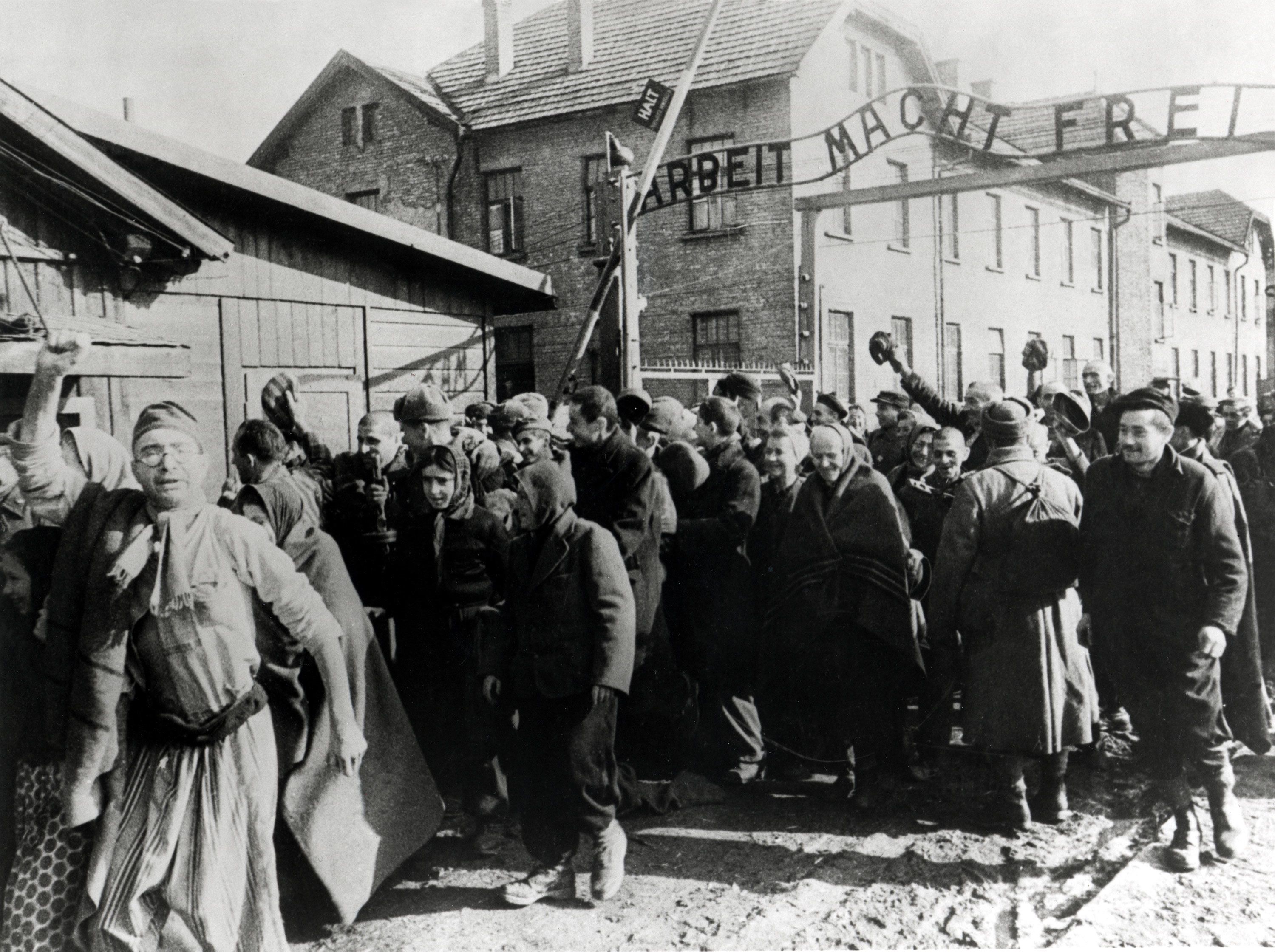

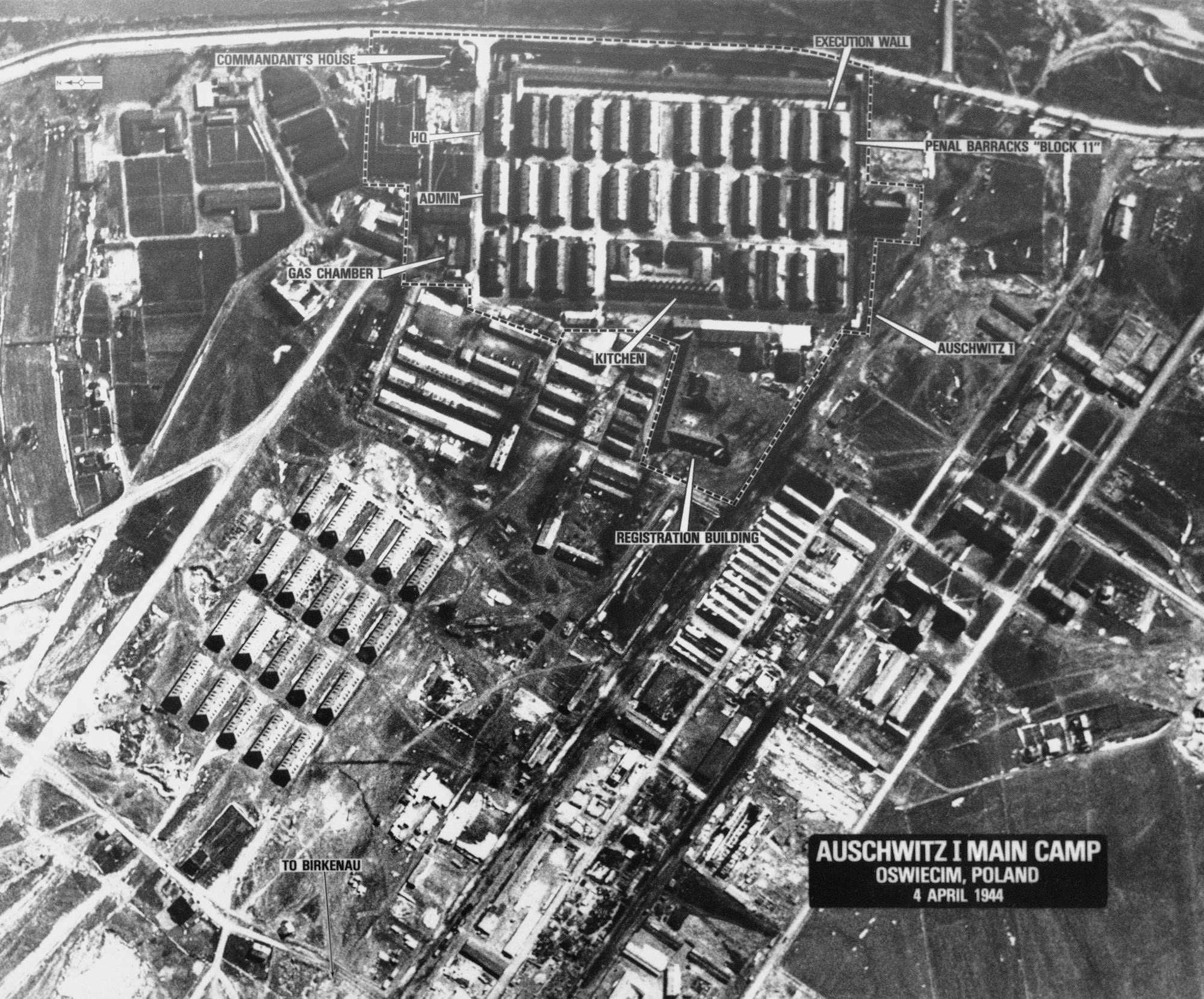
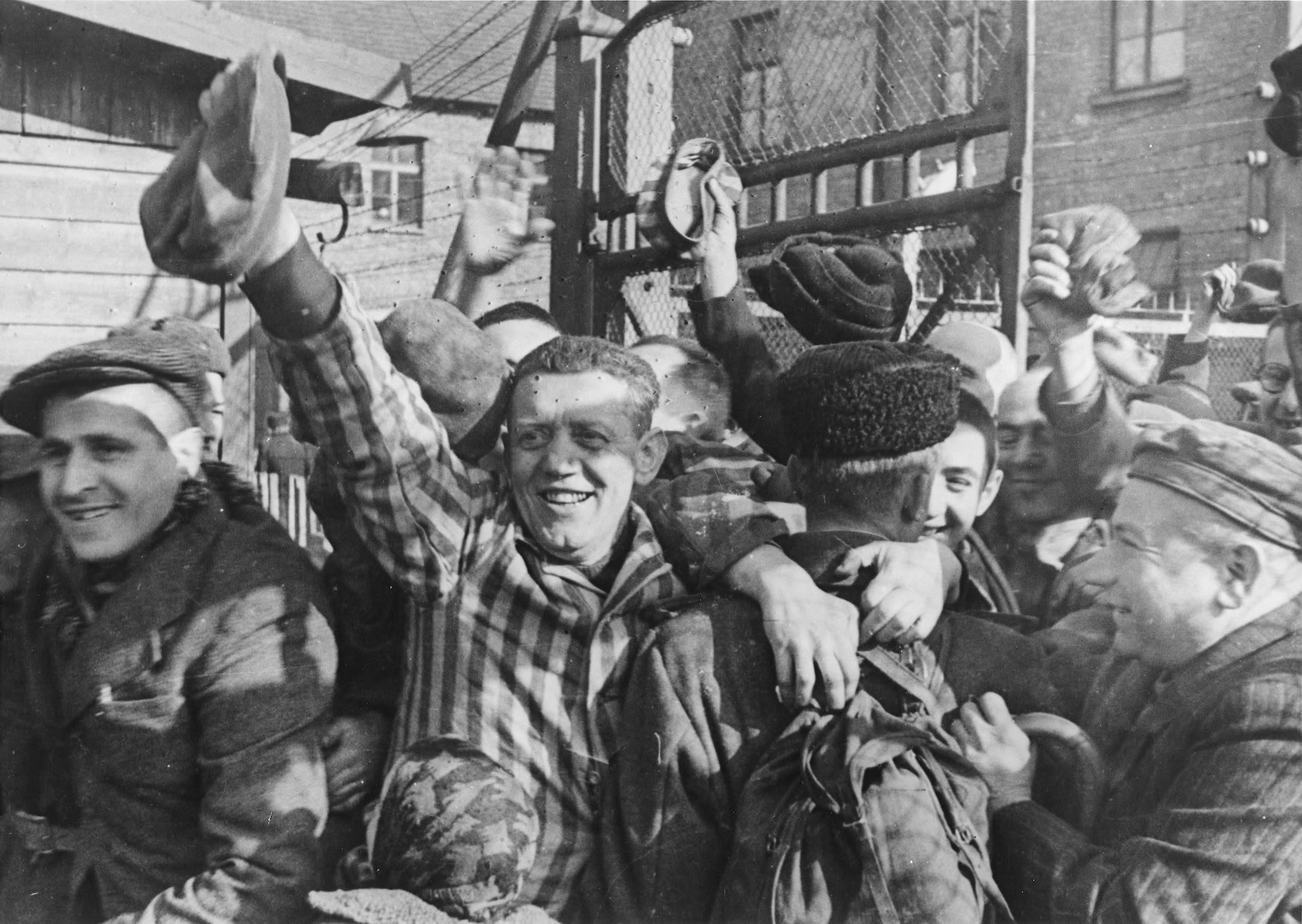

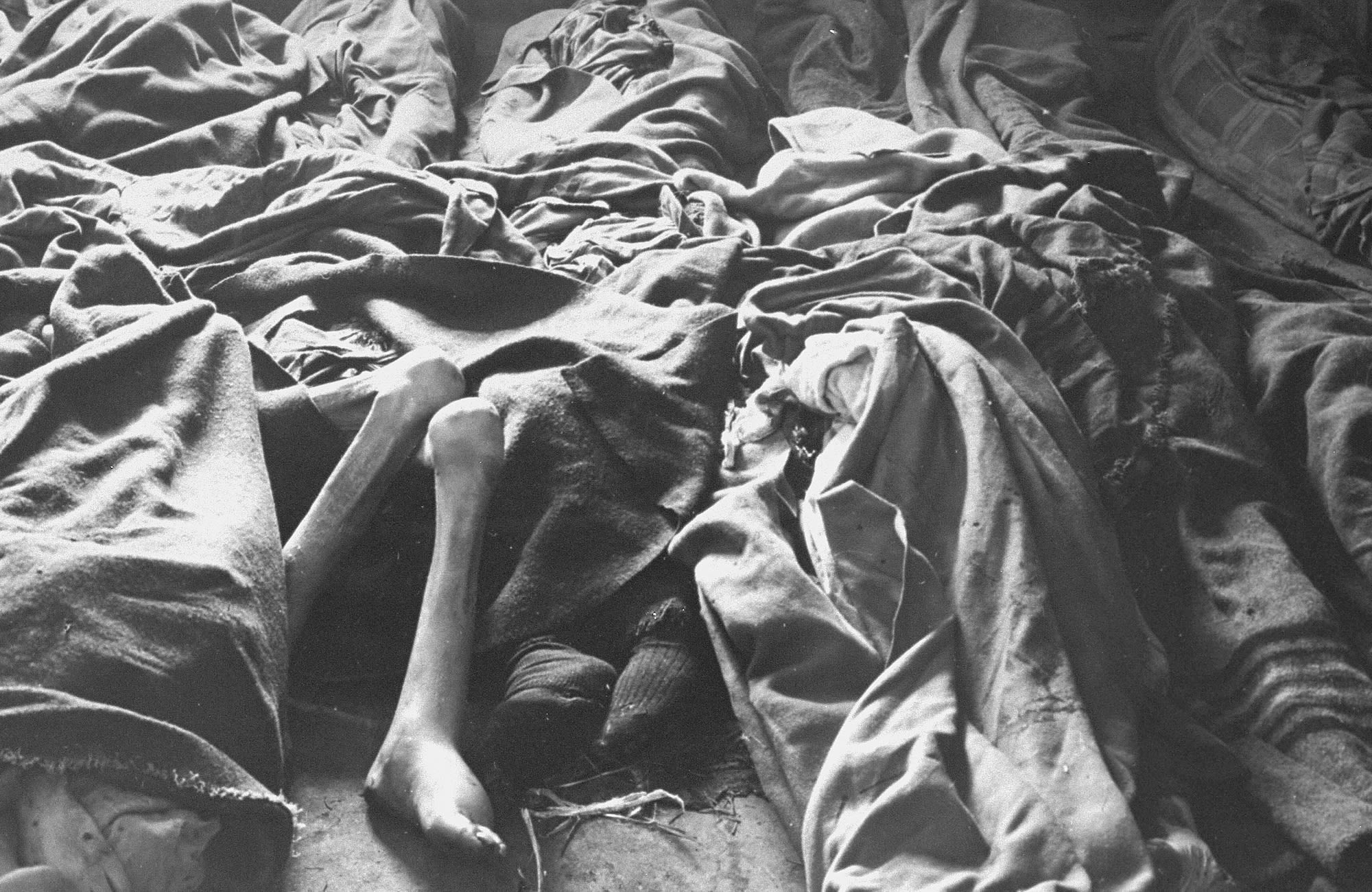


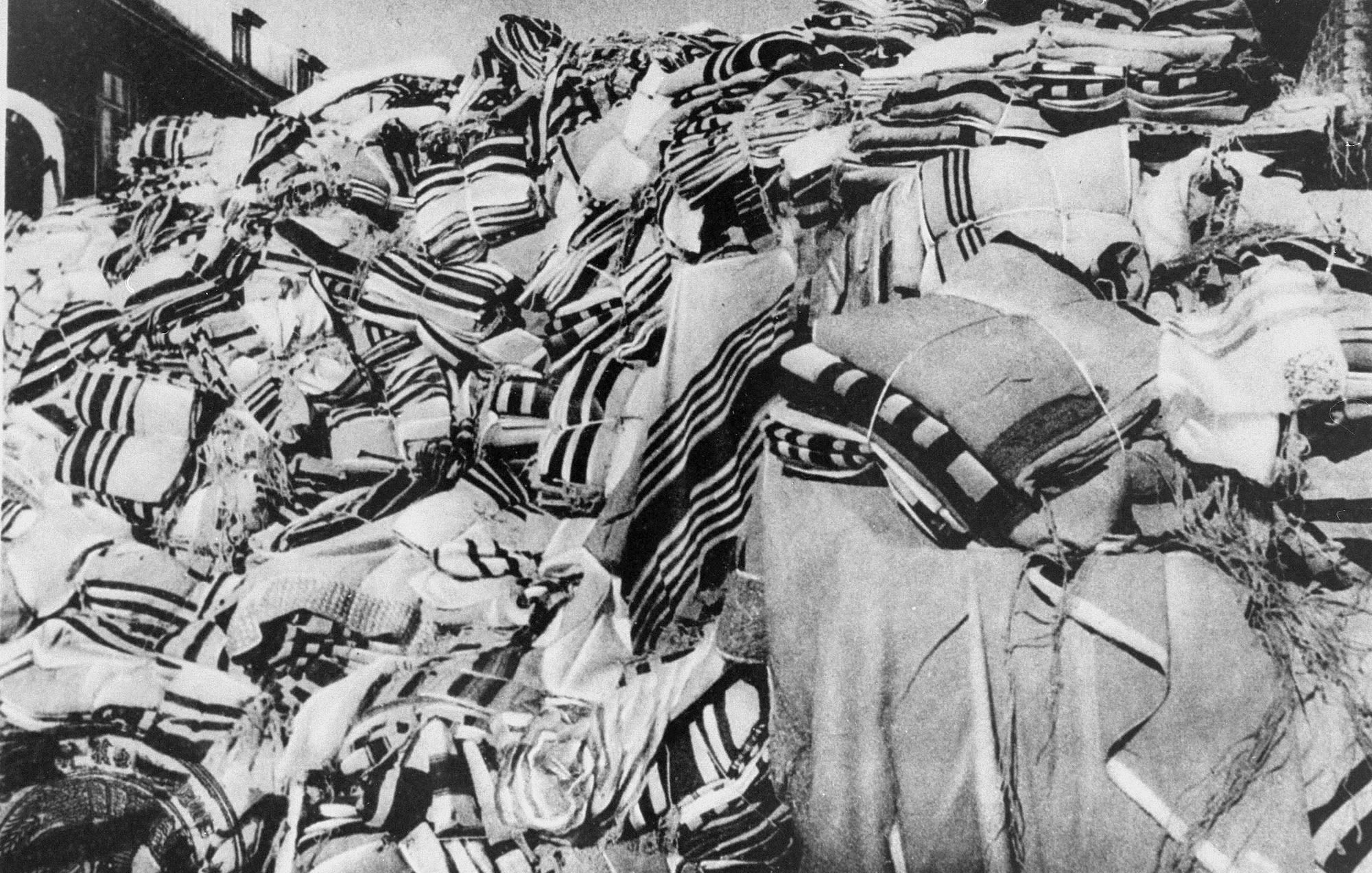


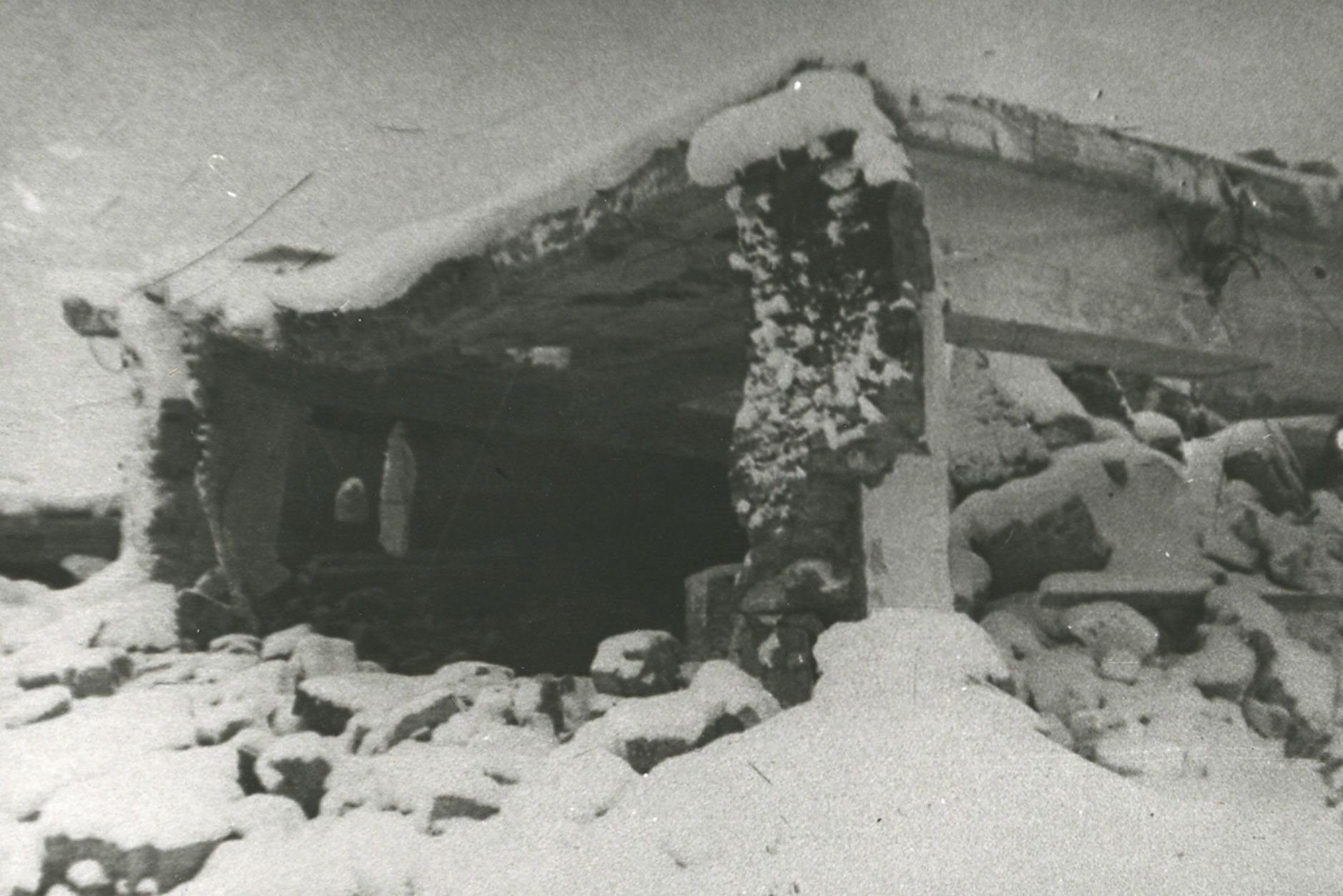


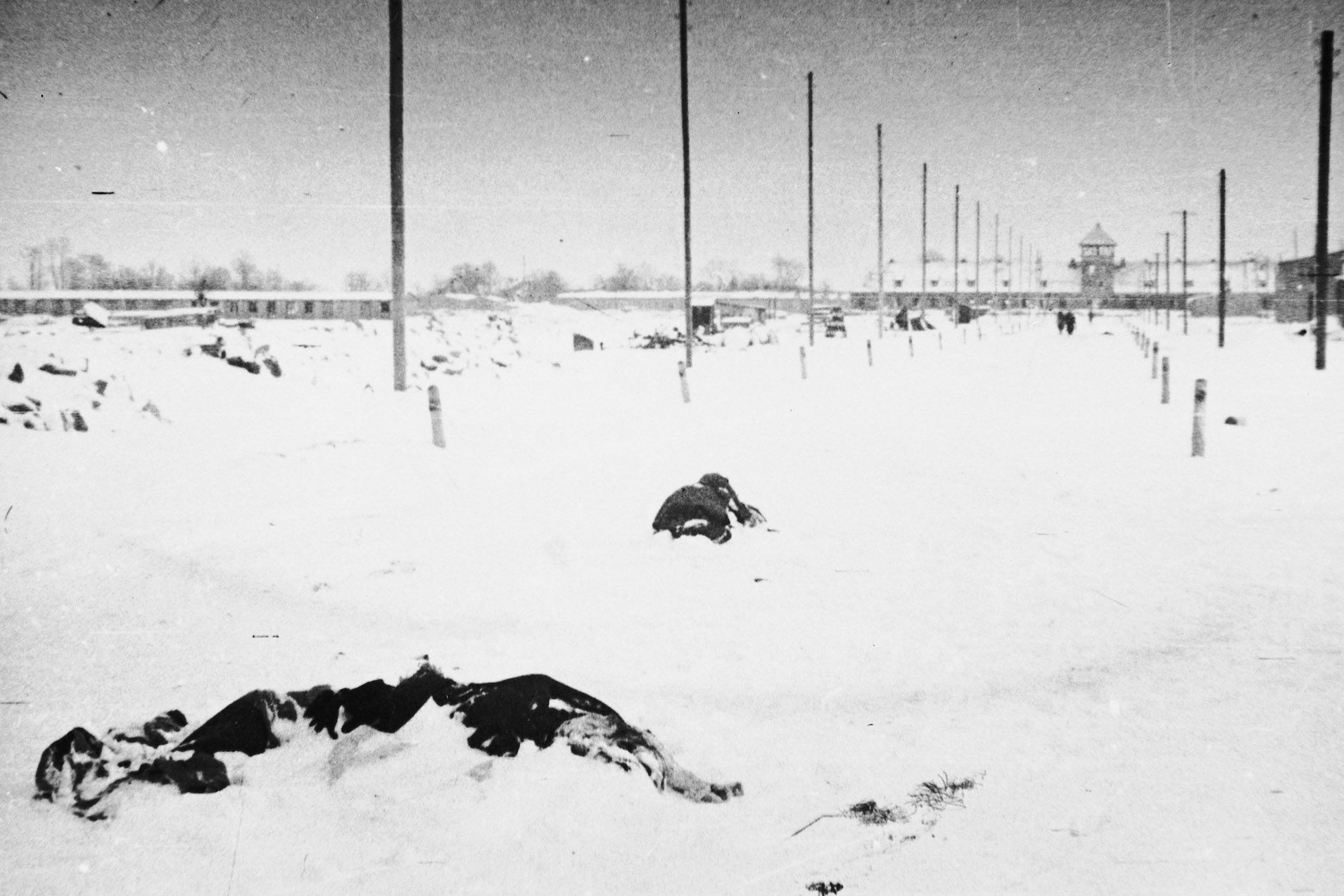

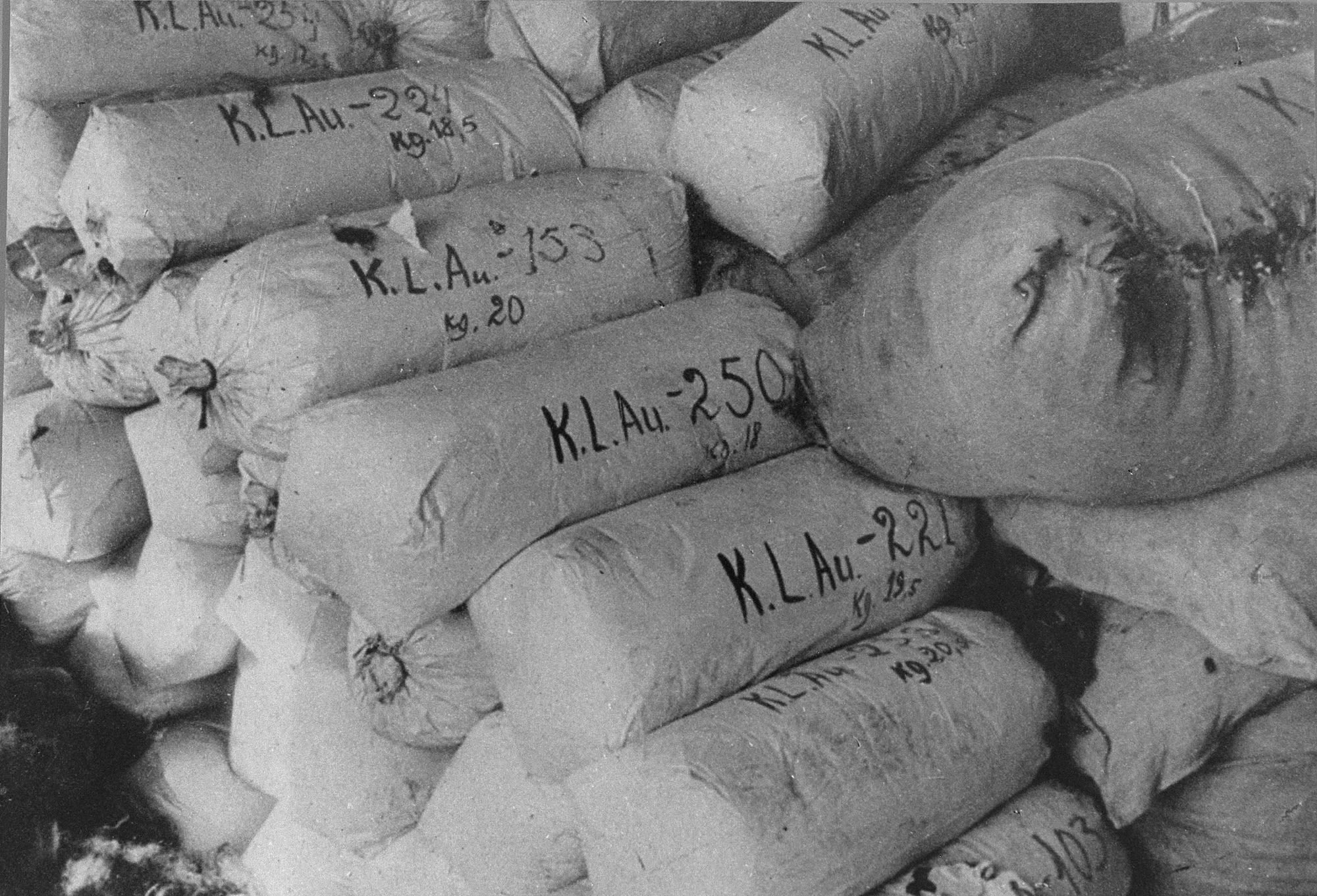

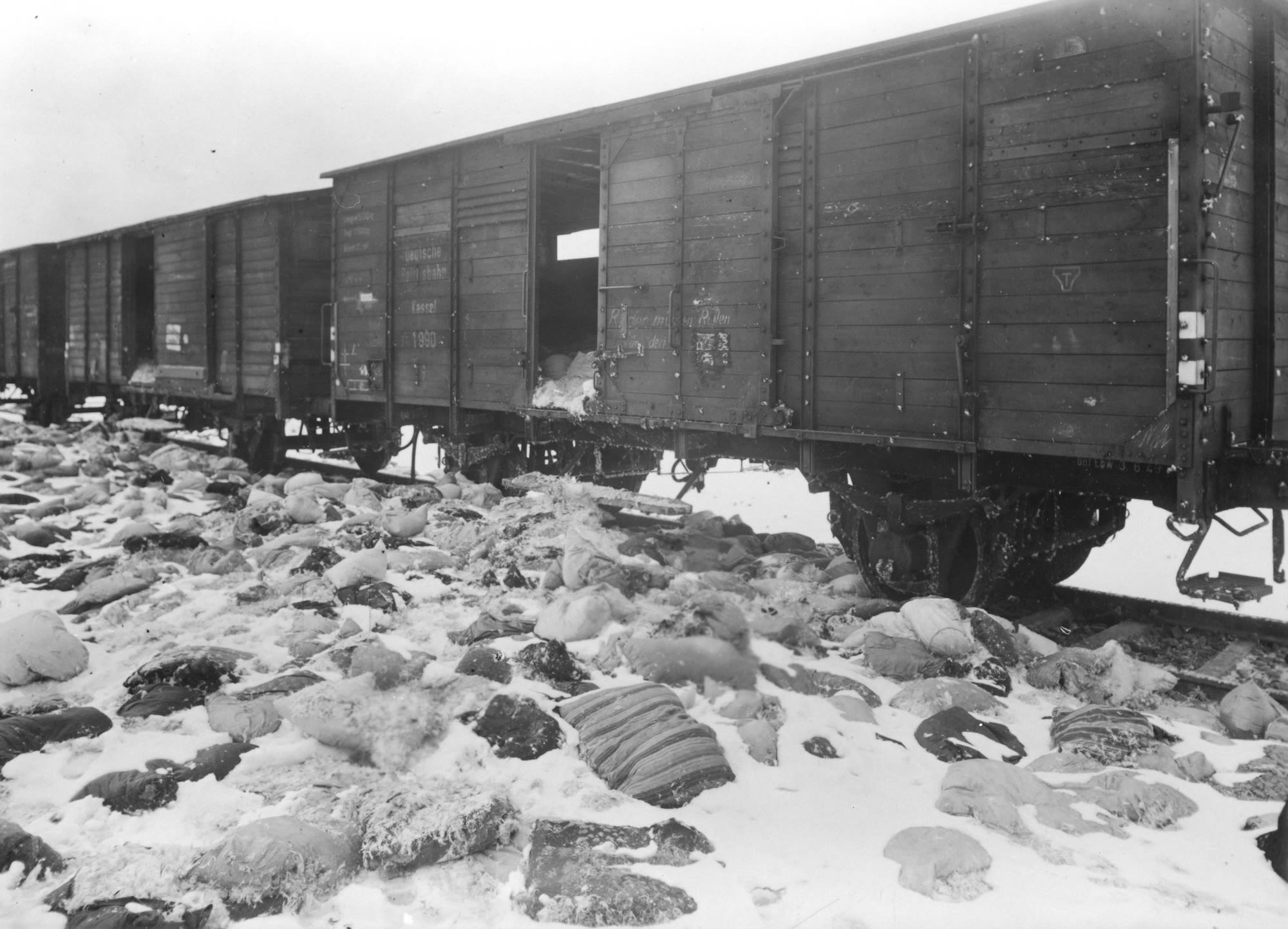


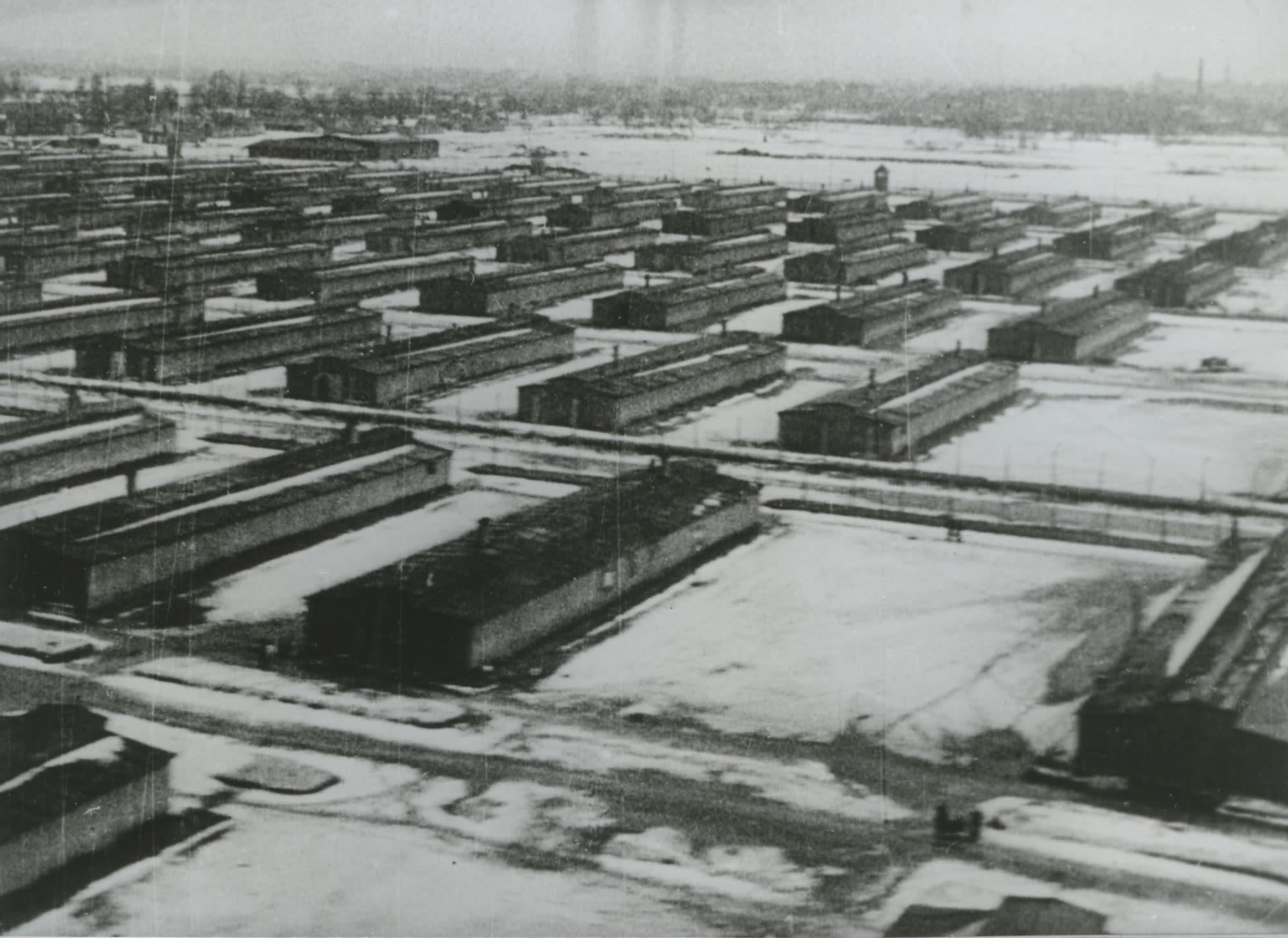

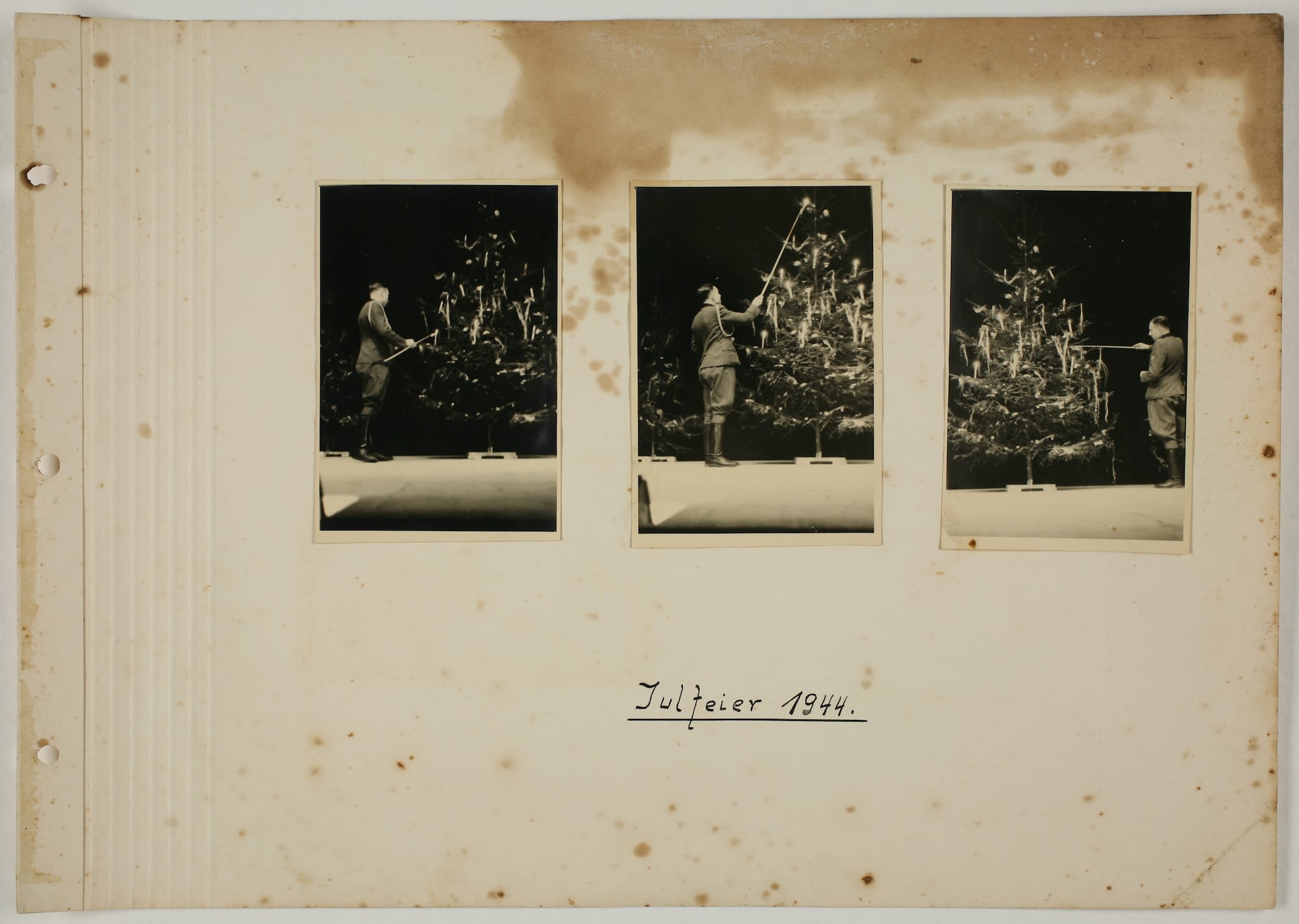
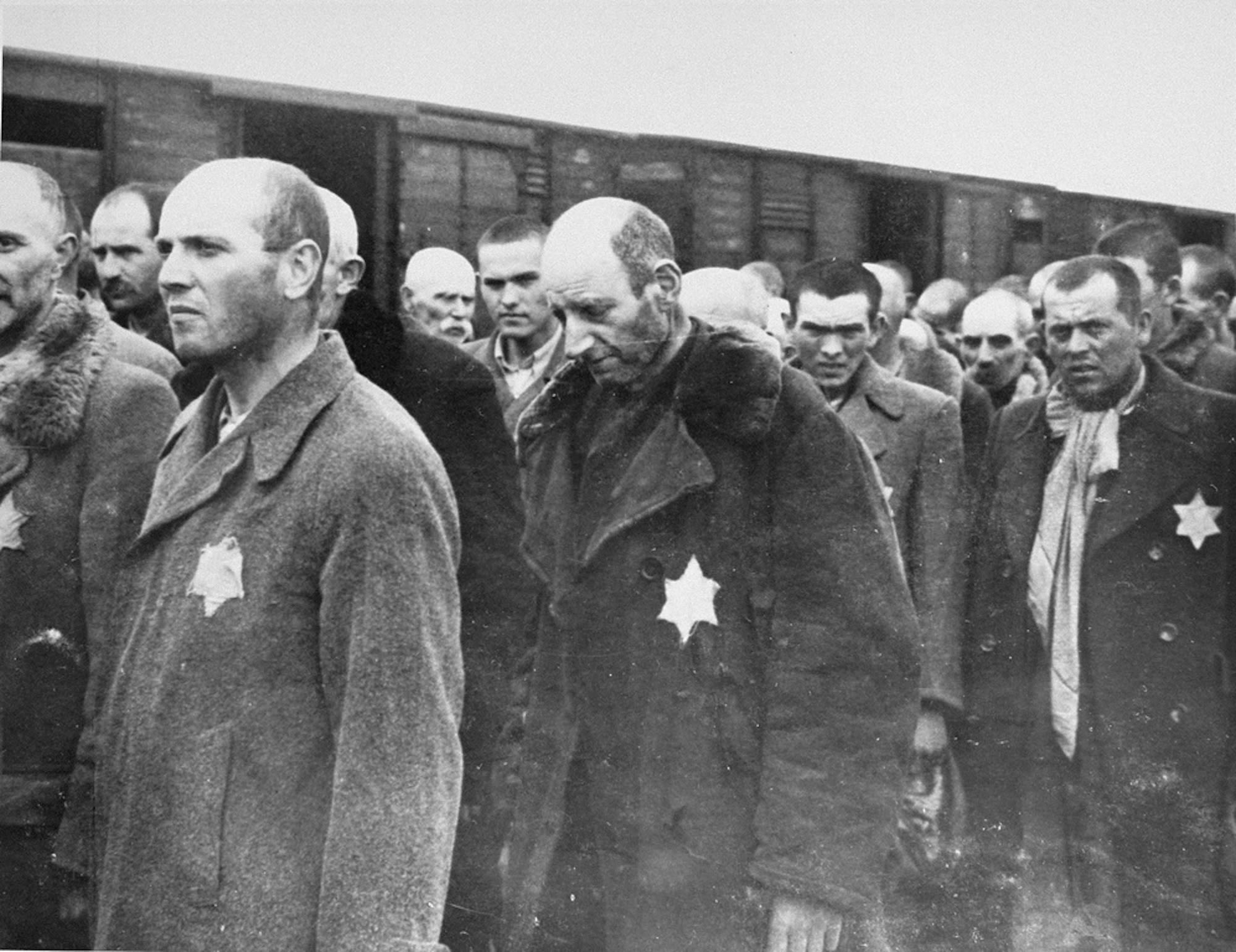
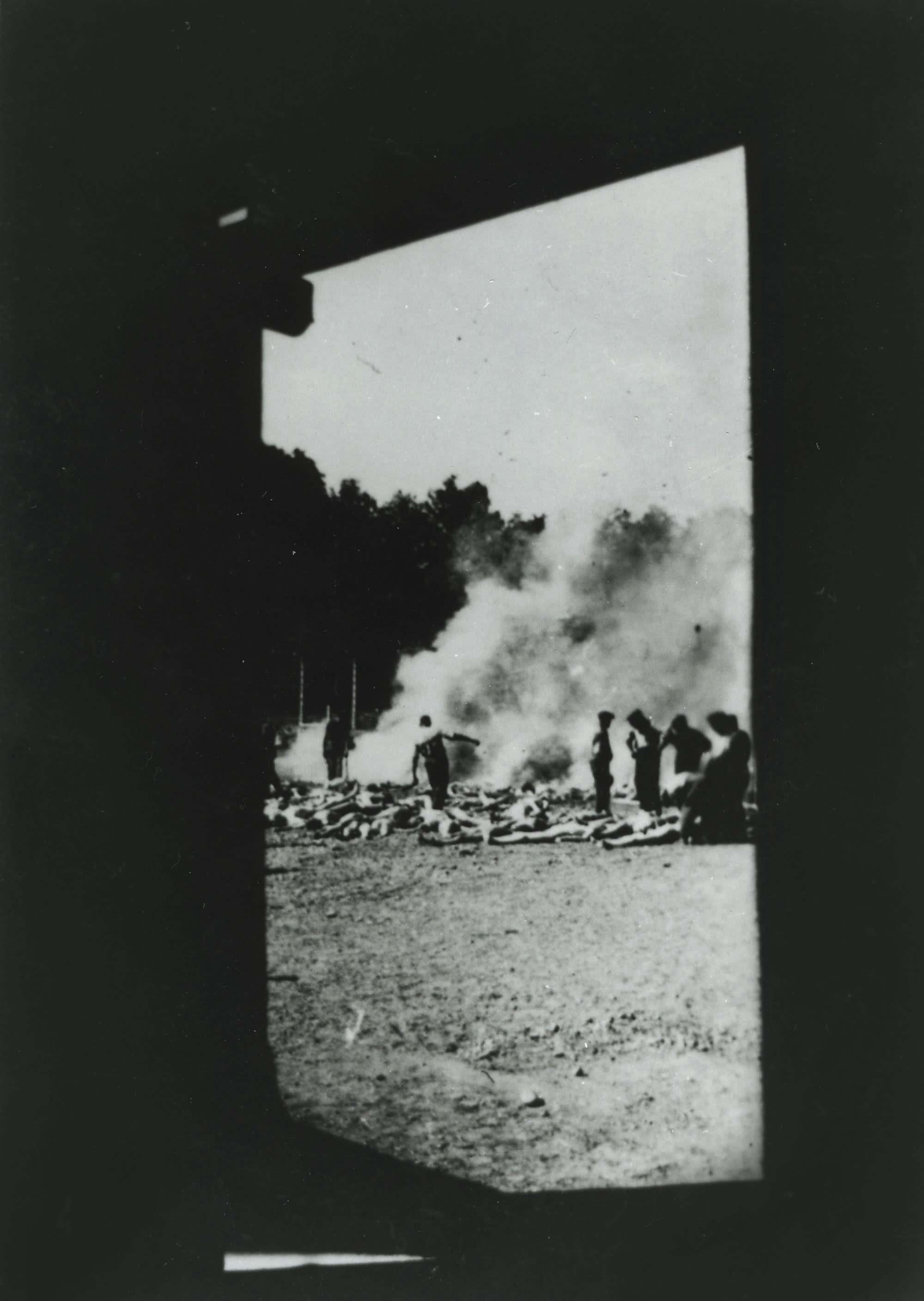
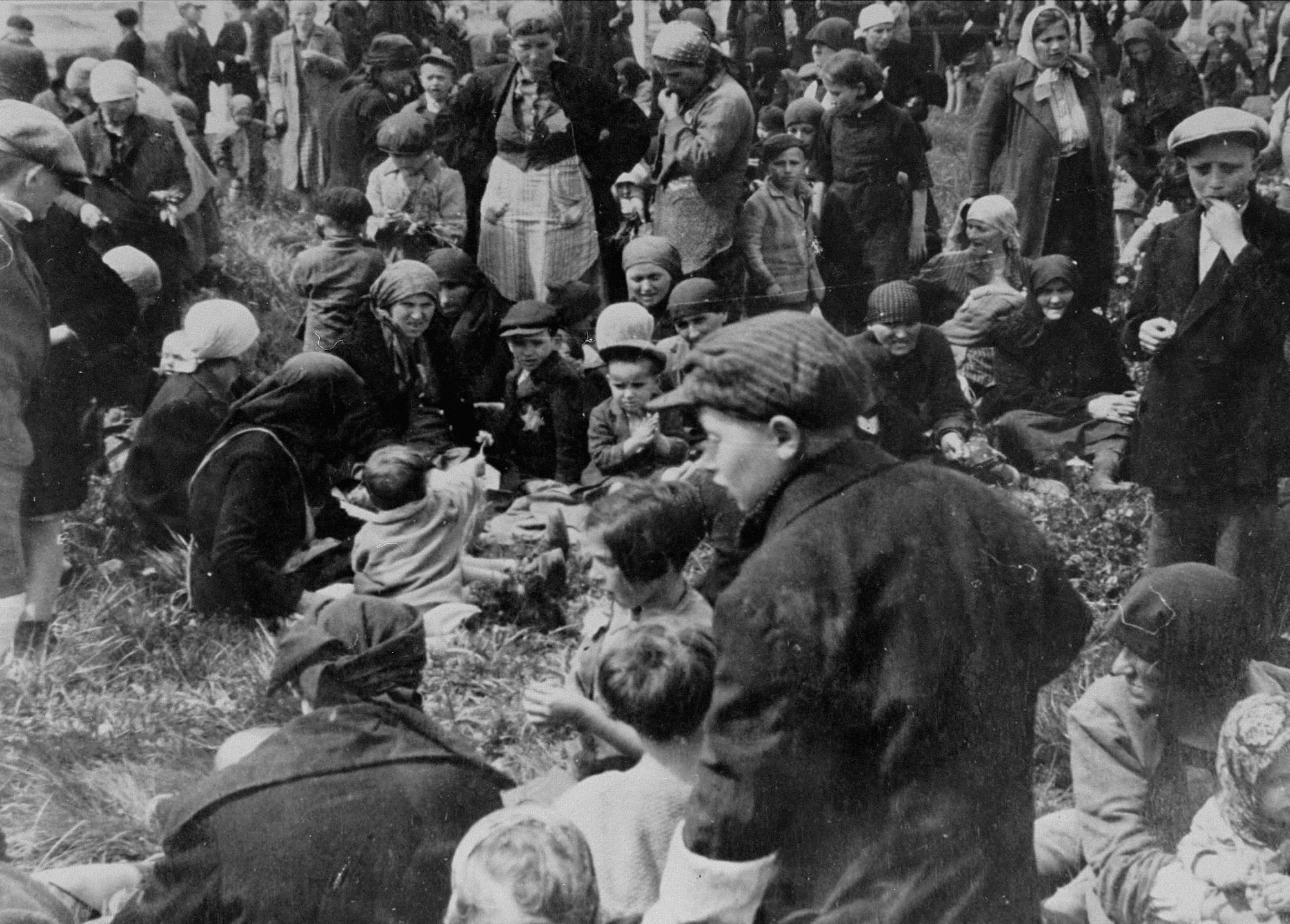
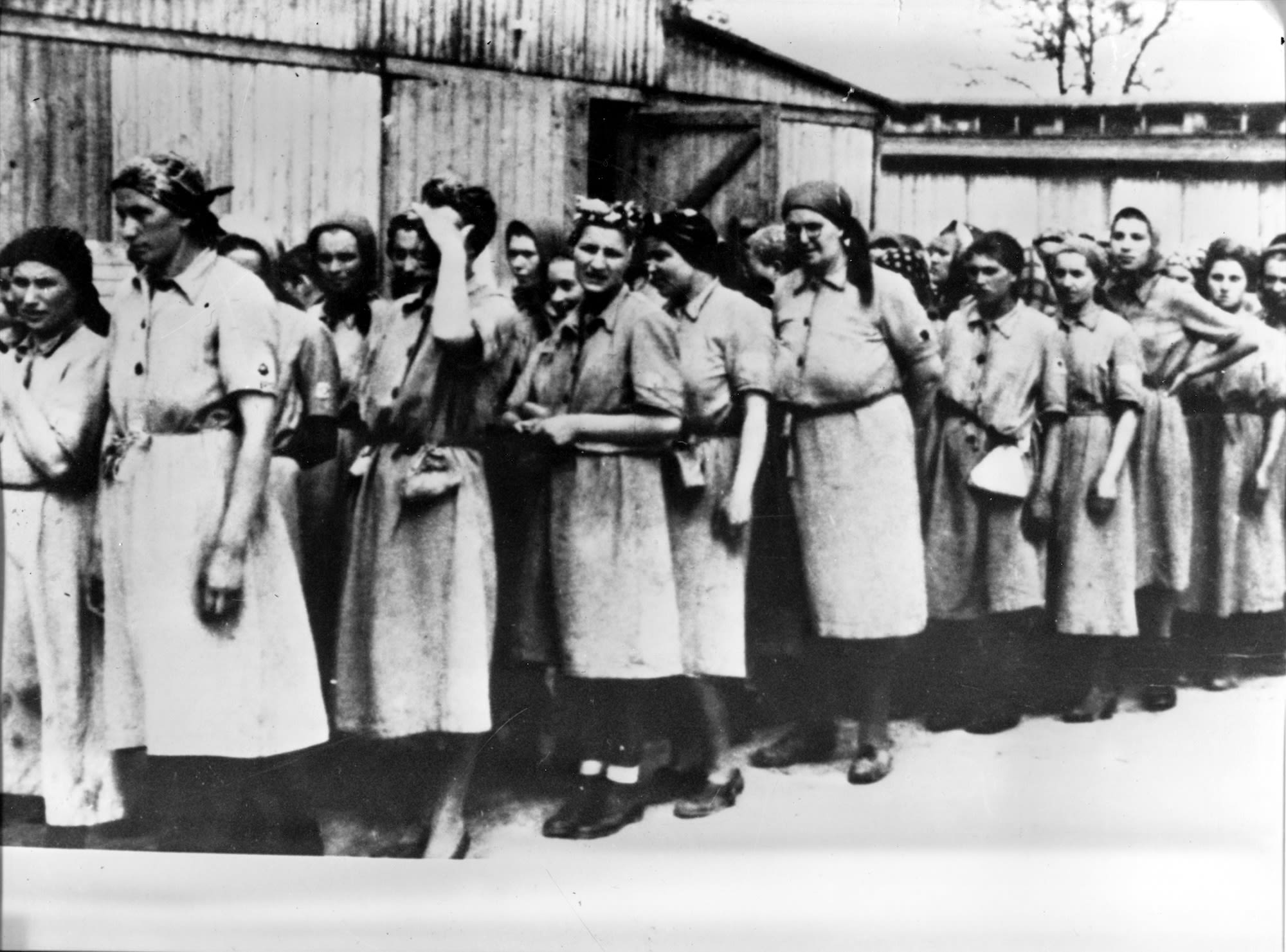
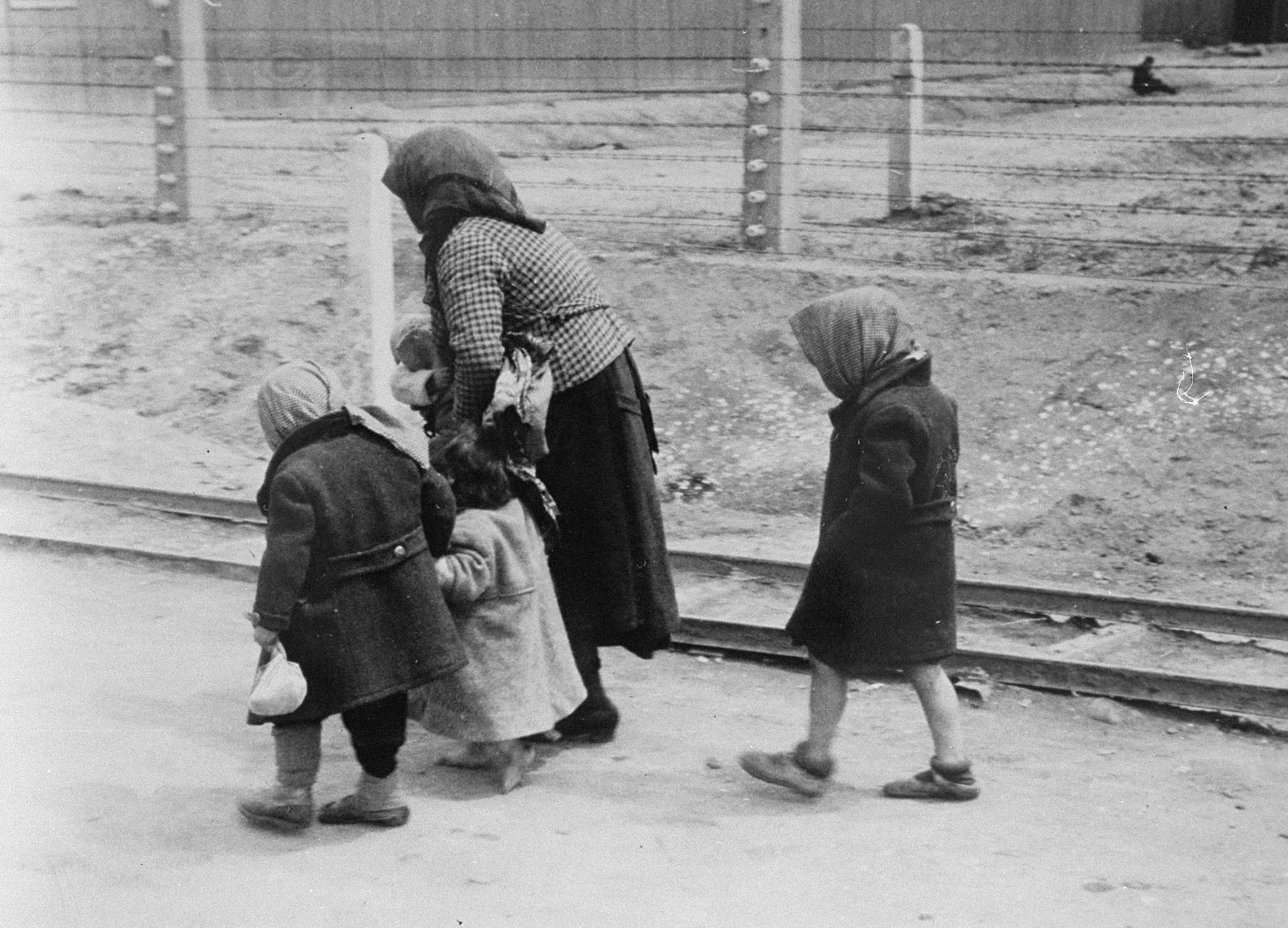
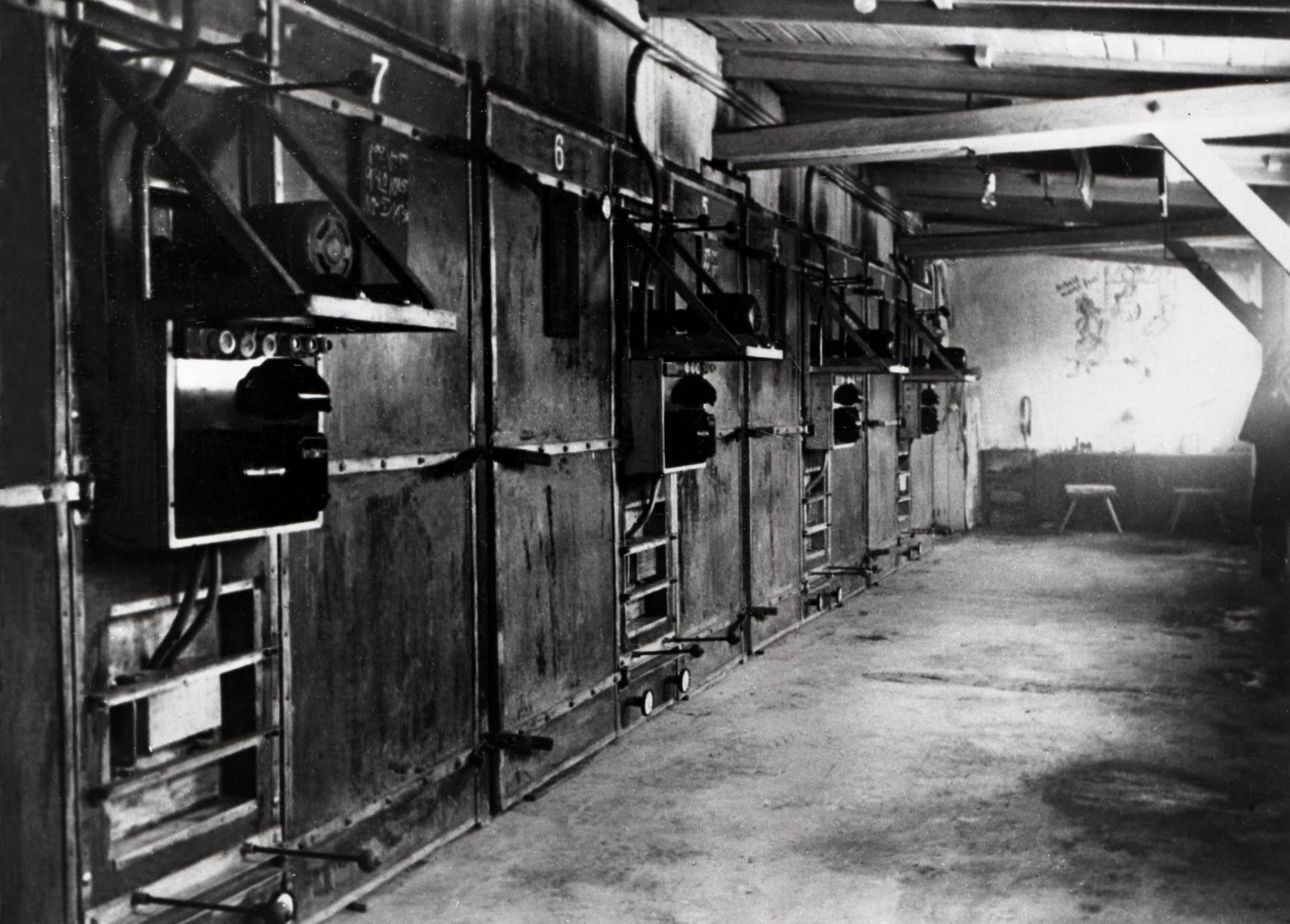
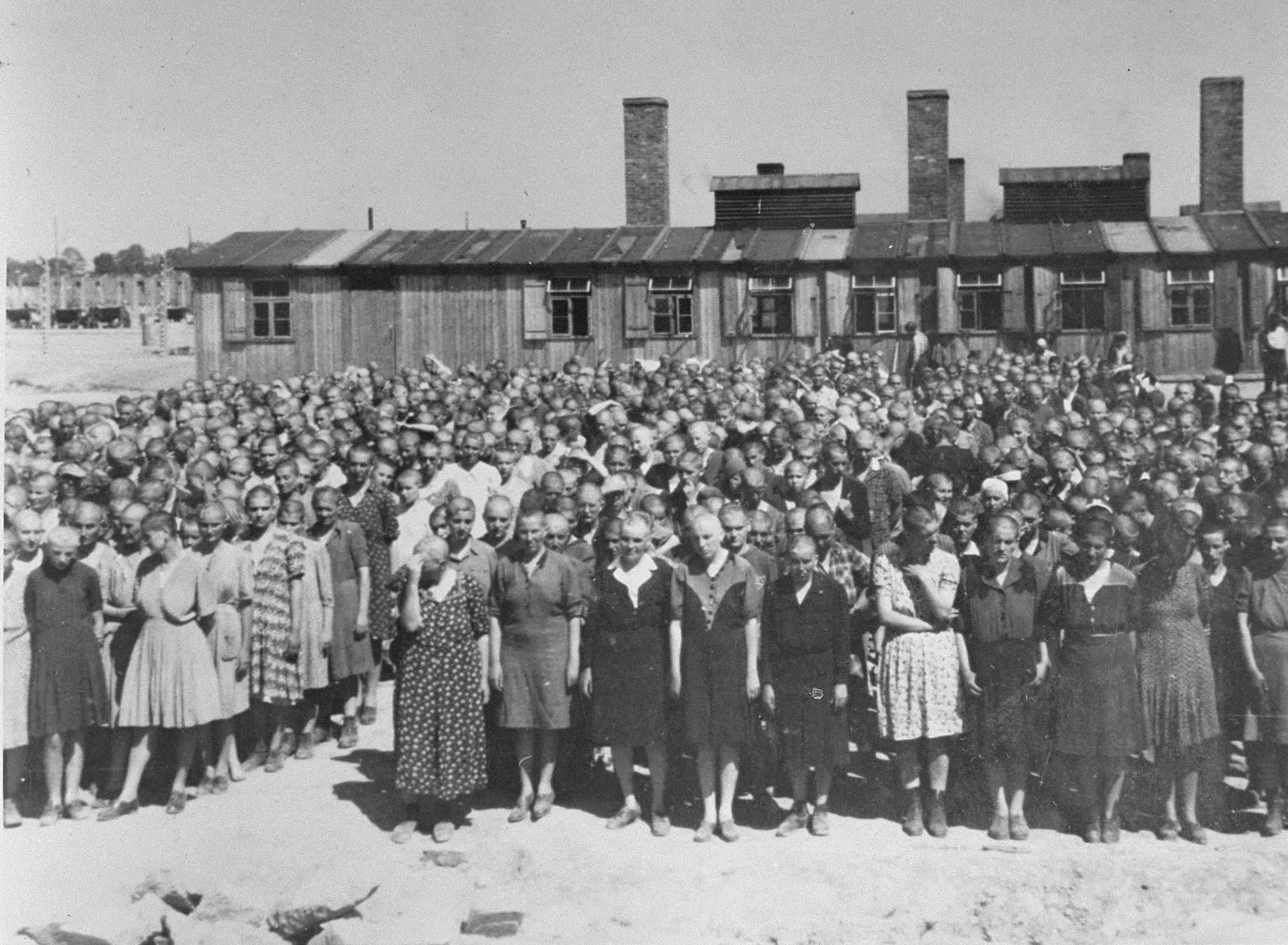
There is a Holocaust History Thread :Prisoners gather a couple of days before the camp's liberation. RIA Novosti/Sputnik/AP

Nazi officer Karl Hoecker lights a candle on a Christmas tree only weeks before the liberation of Auschwitz. It is a page from an album that depicted activities in and around the camp. United States Holocaust Memorial Museum

Jewish men are lined up at the Auschwitz-Birkenau camp in May 1944. This photo is from a Nazi documentation of the events at the camp. United States Holocaust Memorial Museum

This picture shows prisoners' bodies being burned in the Auschwitz-Birkenau camp in August 1944. It was secretly taken by a Jewish prisoner who was forced to work in and around the gas chambers. Courtesy Memorial and Museum Auschwitz-Birkenau

Jewish prisoners wait in a clearing near a grove of trees before being led to the gas chambers in May 1944. United States Holocaust Memorial Museum

This undated photo, taken by a guard, shows female prisoners lined up for a hard labor assignment. AP

A Jewish woman walks toward the gas chambers with three young children and a baby in her arms in May 1944. United States Holocaust Memorial Museum

Bodies were brought up to this crematorium to be incinerated at one of the camps. Galerie Bilderwelt/Hulton Archive/Getty Images

Jewish women selected for forced labor stand at a roll call in front of the kitchen at Auschwitz-Birkenau in May 1944. United States Holocaust Memorial Museum.
Loading…
www.cnn.com

 www.usmessageboard.com
www.usmessageboard.com

 www.usmessageboard.com
www.usmessageboard.com

